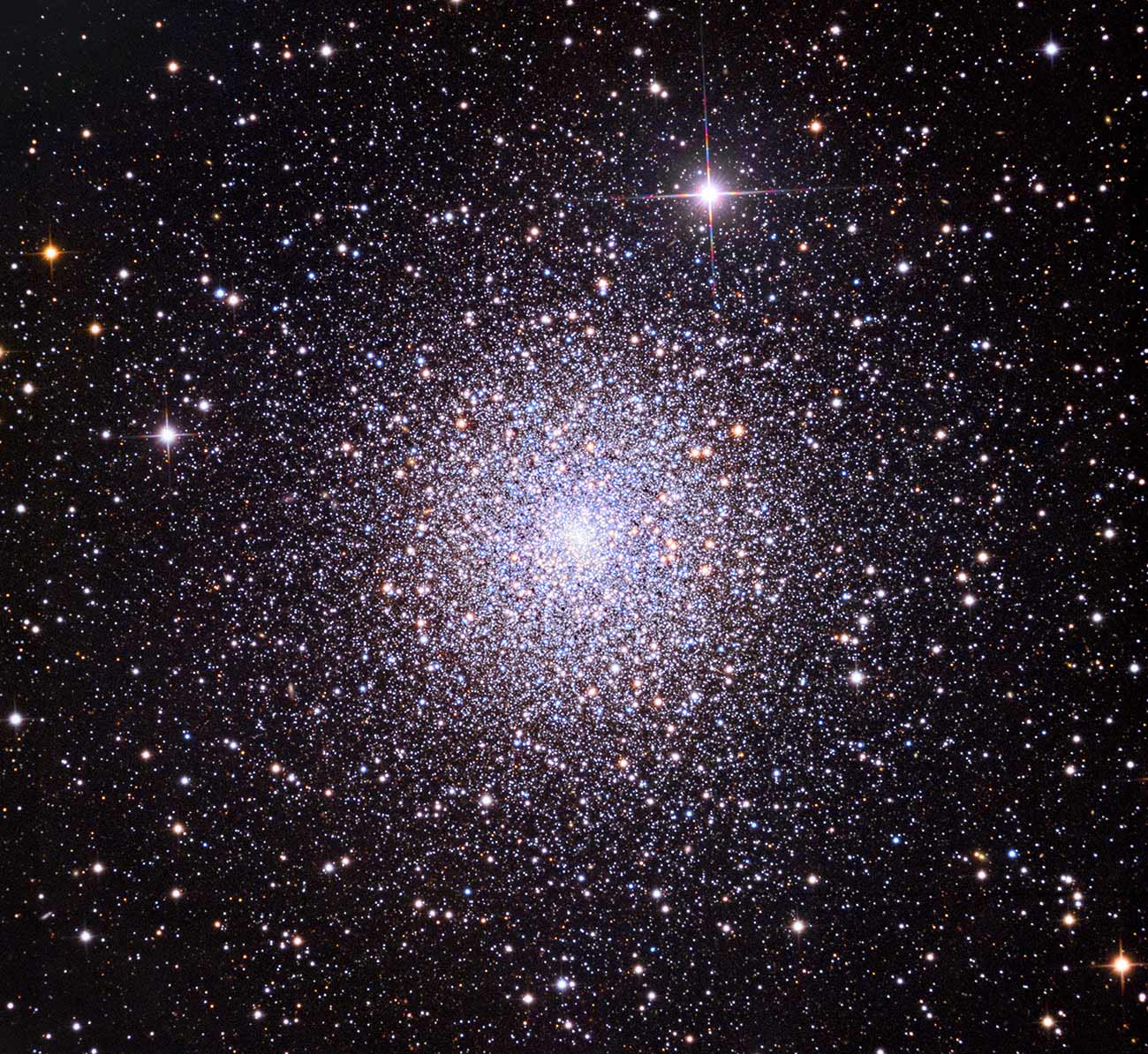Create a free profile to get unlimited access to exclusive videos, sweepstakes, and more!
A City of Stars

My love of globular clusters is on record. Of all the objects in the deep sky—that is, outside our solar system—they are the ones that, through a telescope, look most like what they’re supposed to look like.
Nebulae are great, and so are galaxies, but when you look at them through an eyepiece of a typical small telescope you usually only see a faint smudgy thing. But when you get a globular in the crosshairs, you see it. Thousands of stars packed together so tightly that the center looks like a continuous blur of light, fanning out into a splendor of luminous points as you look farther out from the core. The overall sensation is of a beehive frozen in time.
Of course, having a big telescope helps, too. The image above is by my friend Adam Block, who used the 0.81 m Schulman Telescope at the Mt. Lemmon SkyCenter in Arizona to take it. It’s a total of six hours of exposure time (two hours each using red, green, and blue filters), and to be honest I’m not sure how many stars you can see in it. Tens of thousands at least. Maybe 100,000.
This picture is a little unusual, in that stars are resolved right down to the core. I’m not used to that in pictures taken from the ground; from Hubble, sure, because there’s no air to blur the image. Adam must have had really steady skies when he took his exposures.
Globular clusters are massive cities of stars, held together by their own gravity, each orbiting the center like, well, like a bee flying in circles around a hive. More than 150 of these clusters orbit the Milky Way galaxy, and some huge galaxies have thousands (though they probably stole them; stripping them from smaller galaxies as they eat the less massive prey, absorbing them into their own bodies).
I’d go into detail here, but I already have once before in Episode 35 of Crash Course Astronomy:
M15 was always one of my favorites to observe, and Adam’s picture makes me want to see it again with my own eyes. Sadly, it’s already low to the west at sunset this time of year and will soon be behind the Sun. But in a few months it’ll be high in the east again at night. That’ll be when the weather is warmer here in Colorado, more conducive to long nights behind the eyepiece.














